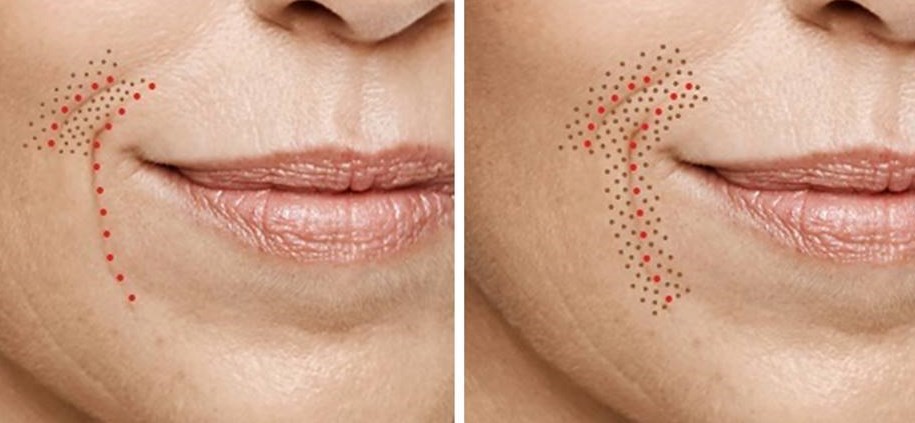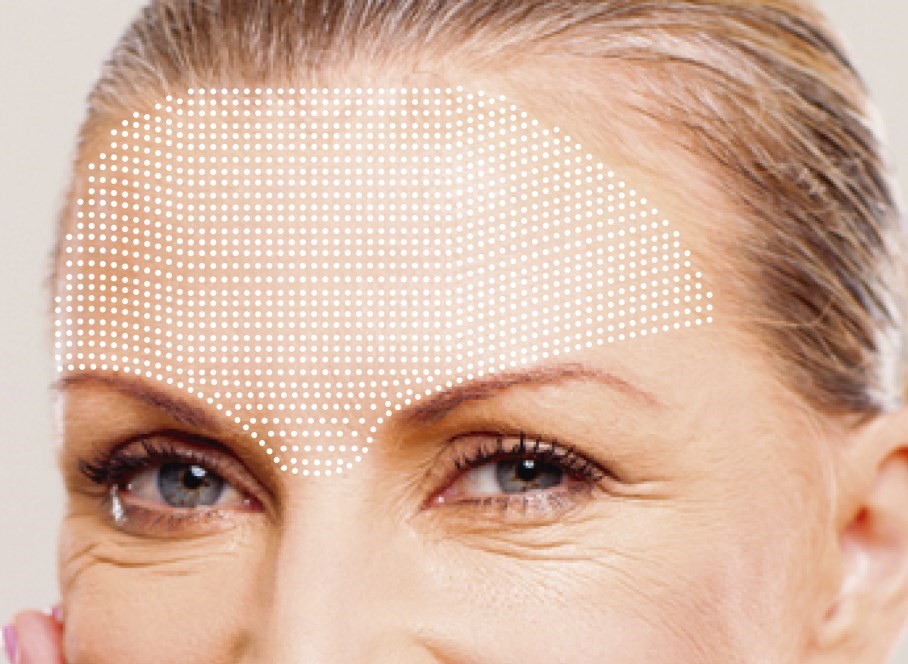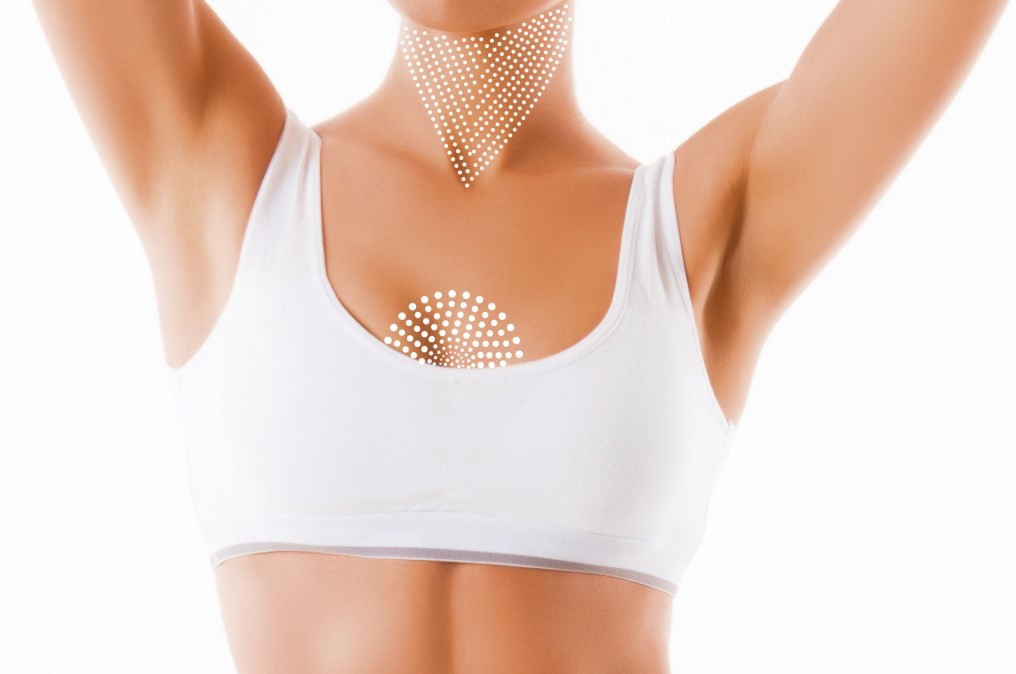Fibroblast Skin Tightening
- What is Fibroblast?
- The fibroblast treatment is carried out through small thermocoagulation points made with the device to stimulate the instantaneous contraction and hardening of the skin fibers.
- Plasma Pen (Fibroblast) causes sublimation (converts directly to vapor), which is the process of converting a solid directly into a gas, so the results are instantaneous and no heat is transferred to the surrounding tissues to cause damage to the healthy skin (avoid thermal damage).
- It is a technique in which plasma is used-generated-applied, so there is no electrical current that can cause problems for some patients and the treatments consist of retraction and adjustment of the tissue, which gives better results. The treatment is done without causing bleeding and most importantly without damaging the surrounding tissue.
- The procedure normally takes 30 to 60 minutes to perform. Results are seen instantly, although the best appearance is seen after 3-6 weeks.
- 1-3 treatments at 6 week intervals are recommended to obtain results similar to those of a surgical procedure.
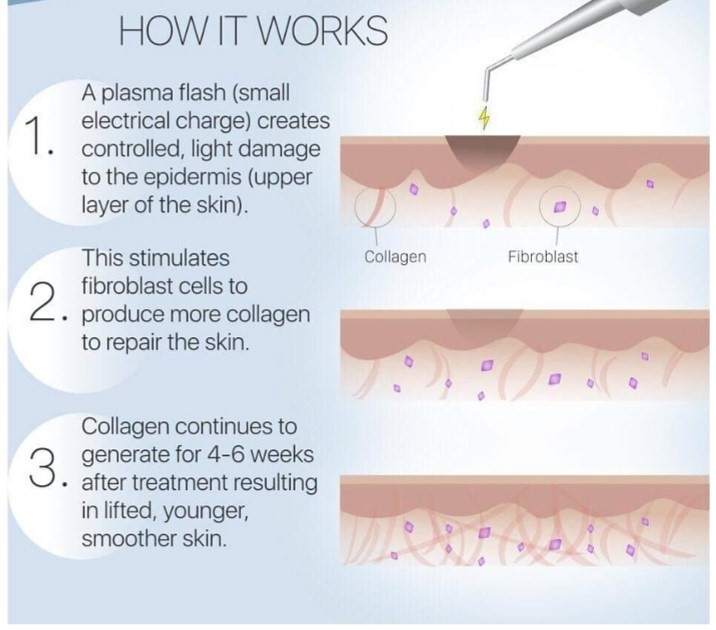
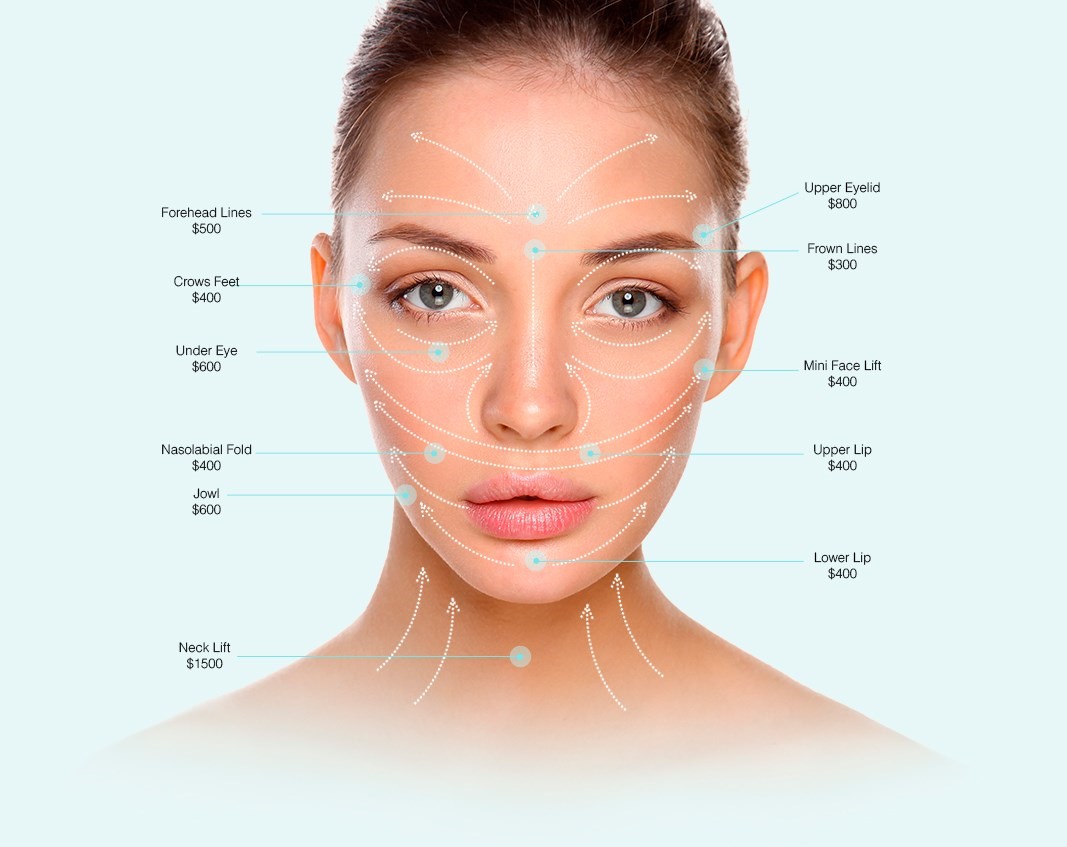
- The fibroblast treatment is carried out through small thermocoagulation points made with the device to stimulate the instantaneous contraction and hardening of the skin fibers.
- Are there any side effects with Fibroblast treatment?
- Small dark brown / black spots usually appear after Fibroblast treatment or there may be a more typical appearance of a burn.
- Swelling is common and often lasts for several days and can be quite significant around the treated area.
- The area will be red and hot immediately after the procedure and can be quite tender for a few days. Clients may experience a tingling or burning sensation.
- It is often scabbed so it is important to keep it clean, dry and protected from strong sunlight and other UV light sources to avoid uneven pigmentation as the treated area heals.
- Small dark brown / black spots usually appear after Fibroblast treatment or there may be a more typical appearance of a burn.
- What can I expect after my Fibroblast treatment?
- The final results depend on the degree-severity of the
laxity of the skin to be treated and / or the size of the lesion, the desired result, the general condition of the skin and any pre-existing skin or medical problems. The reduction in skin folds appears immediately. The small dark brown scab-scabs shed in the next two to three weeks and the skin will heal in a similar period. - Puffiness is common and can be quite pronounced around the eyes, often worse the next morning and lasting for several days. The area may be tender as it is healing.
- It is very important to allow any scabs to peel off naturally, otherwise scars or infections could appear. As the treated skin sublimates, the results usually last for years.
- The final results depend on the degree-severity of the
- What is aftercare?
- Immediately after treatment, there may be a burning
sensation. This will generally resolve itself for the rest of the day, although if it is particularly uncomfortable or persists for a longer period, an anti-inflammatory drug - pain reliever such as ibuprofen or another (depends on allergies to the pain reliever, anti-inflammatory substance) can be taken. - To maximize the effects of your treatment with, we advise you to keep the crustation intact for 5-7 days and do not rub them immediately.
- Keep the treated area clean, away from excessive moisture, and protected with a broad spectrum sunscreen. Mineral makeup can be applied from the third day of treatment onwards. Avoid exposing the area to extreme hot or cold temperatures until it has healed.
- One of the main advantages of Fibroblast is that it offers
a much less invasive and expensive alternative to surgery, as well as the time it takes to do the treatment. This does not mean there is no downtime, but compared to surgery it is minimal.
- Immediately after treatment, there may be a burning
- Contradictions?
Fibroblast treatment should not be done in people with the following conditions:
■ ✓Pregnancy
■ ✓Pacemakers
■ ✓Serious cardiovascular disorders
■ ✓Cancer patients
■ ✓Diabetes
■ ✓Blood disorders
■ ✓Uncontrolled blood pressure
■ ✓Epilepsy
■ ✓Autoimmune diseases
■ ✓Pigmentation disorders
■ ✓Epilepsy
■ ✓Fitzpatrick on scales V and VI
■ ✓Herpes
■ ✓Lupus
■ ✓Keloids
■ ✓Active psoriasis or eczema
■ ✓Infections
■ ✓Colds
■ ✓When Retinol is administered
■ ✓When Accutane is administered
■ ✓ Allergy to lidocaine or any anesthetic

